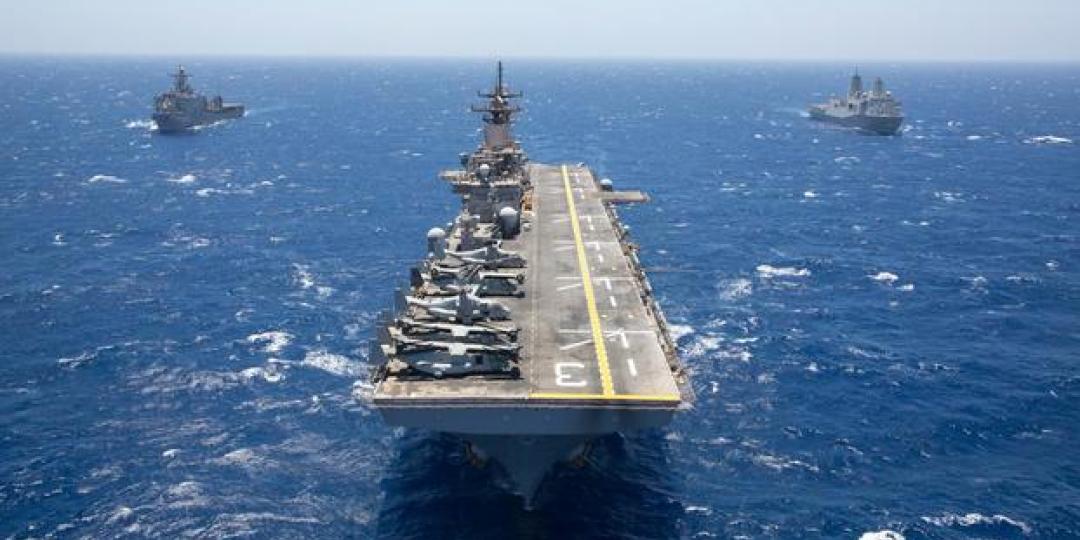China’s massive plans to modernise its navy appear to be threatening the dominance of the United States in controlling global waters.
According to Maritime Executive, the Congressional Research Service (CRS) recently warned that, seeing the rate at which China was modernising its navy and the US’s procrastination in making naval investments, the former was on course to overtake the US in terms of its naval capabilities.
This means that the US Navy could lose its ability to achieve and maintain wartime control of ocean areas in the Western Pacific, the first challenge it has faced since the end of the Cold War. Concerns have already arisen that the US has lost the naval balance of power, specifically in the South China Sea, with China equalling, or even surpassing, the US’s naval capabilities.
The report, entitled China Naval Modernization: Implications for U.S. Navy Capabilities – Background and Issues for Congress, aims to guide Congress to decide whether to approve, reject or modify Biden’s proposed US Navy plans, budgets and programmes in response to China. Biden has proposed a $180.5 billion naval budget in the 2023 financial year, a 4.8% hike compared to 2022.
“The United States today has more naval capability overall but China’s naval modernisation effort since the 1990s has substantially reduced the US advantage and, if current US and Chinese naval capability trends do not change, China might eventually draw even with, or surpass, the United States in overall naval capability,” the CRS report said.
The report noted that, while China was forecast to have 420 ships by 2025 and 460 ships by 2030, the current US Navy shipbuilding plan is to field a fleet of 355, with no set date to achieve the goal.
However, the US Navy still wields more tonnage in terms of bigger and more heavily armed ships, such as guided missile destroyers and cruisers, compared with China. According to the report, the US has more than 9 000 vertical launch missile cells on its surface ships compared with China’s approximately 1 000.
In addition, the US Navy currently has many more aircraft carriers, nuclear-powered submarines, and cruisers and destroyers, while China has more diesel attack submarines, frigates and corvettes. However, the US’s attack submarine fleet of 50 ships is completely nuclear-powered, giving it significant range and endurance advantages.
China’s fleet has seven nuclear-powered submarines in its fleet of 62. The report noted that the exact size and structure of China’s Navy was not known publicly because it does not release a navy force-level goal or detailed information.
However, over the past 30 years, China has invested heavily in naval modernisation across a wide array of ships, aircraft, weaponry and C4ISR (command and control, communications, computers, intelligence, surveillance, and reconnaissance).













